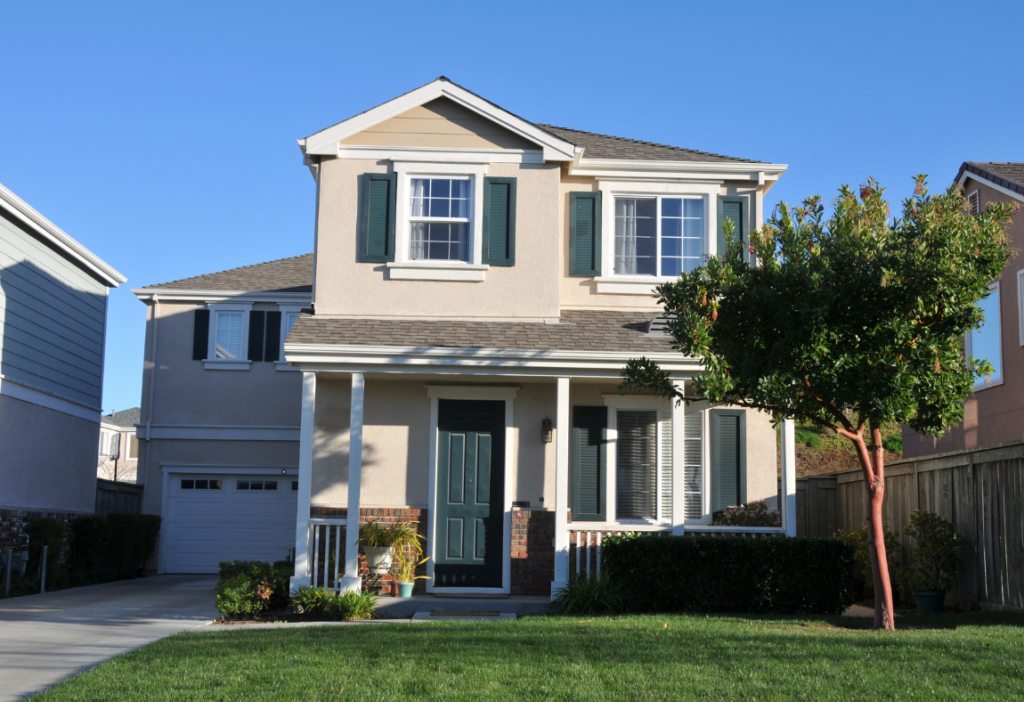Understanding Different Types of Mold and Their Health Risks: Quick Guide
Most everyone knows that mold is bad news, but did you know that there are several different types of mold, and each one requires a different approach to manage? Additionally, each type has a dramatically different effect on your health.
There are a multitude of different mold species, but all of the ones you’re likely to encounter in your home can be separated into 3 main categories.
Today, we’re going to go over what each one is and how it affects your health.
Let’s get started!
1: Toxic Mold
No mold is good in your home, but toxic mold is easily the worst. Most other types of mold aren’t intentionally trying to cause harm to you and your property, but toxic mold’s entire purpose is to slowly poison you.
It does this via mycotoxins. These are various types of chemicals that cause harm when you eat something that has been exposed, touch the mold and mold-exposed surfaces, or even just breathe around the mold and inhale its spores.
The toxic mold you’re most likely to deal with is black mold. It tends to form around water damage, and it’s one of the biggest threats in a residential home.
Toxic mold can trigger many different health issues such as brain infection, and in extreme cases, it can also cause cancer.
2: Pathogenic Mold
Pathogenic mold’s negative effects aren’t intended by the mold, but they’re still extremely serious. Unfortunately, pathogenic mold can cause various diseases and infections with prolonged exposure, because its spores enter your system similar to an attack of a virus.
Some pathogenic mold varieties can be beneficial for your health, however those growing in your home are not. Even the beneficial varieties can cause infections.
Cryptococcus is a variety of pathogenic mold, and there are countless different types of this mold. One of the main issues with this mold is that it’s easily mistaken for run-of-the-mill allergenic mold by those who are not professionals and may not know what to look for.
3: Allergenic Mold
Among all the different types of mold, allergenic mold is the least serious, but that doesn’t mean it’s harmless.
Allergenic mold releases chemicals and spores that tend to cause minor allergic reactions and infections. Yellow mold, orange mold, white mold, and most other colors of mold can be allergenic.
While this isn’t as serious, dealing with its effects for a prolonged period can create respiratory problems, rash breakouts, and more.
How to Deal with Mold
While there are many different types of molds and not all of them are dangerous. Some can be extremely helpful, such as Penicillium. That’s the mold used to make Penicillin to treat a variety of serious illnesses.
It’s extremely difficult to tell the exact species of mold you have in your home apart from the hundreds of thousands of other mold varieties, and even the less serious or beneficial varieties can cause long-term issues.
Always call professionals at the first sign of mold. A professional team can properly assess the situation, identify what the mold is, and then take appropriate action to make your home safe again. Here at Mold Fix, we are dedicated to solving your mold problem in no time.
Should you suspect the presence of mold in your home or office environment, don’t hesitate. Reach out to the experts at Mold Fix, who can provide professional assessment and mold remediation services.
Call us today, and let us help you ensure a healthy, mold-free living space.





